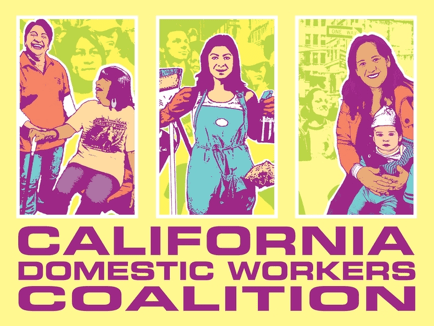Sasha Abramsky
In the two weeks since Gavin Newsom defeated the recall ballot, California labor activists have notched up a slew of important wins.
A week after the election, the governor signed AB 701, a law requiring warehouse operators to make transparent the quota systems they use for workers, and outlawing the practice of using algorithms to minimize the number of bathroom breaks workers can take. The law allows workers to sue for relief against companies illicitly using such methods.
Then, a week later, on September 27, Newsom signed a troika of bills intended to shore up wages and workplace conditions.
There was SB62, the Garment Workers Protection Act, which unions and immigrants’ rights groups in the state have long been lobbying for. It bans paying workers piece-rate wages that routinely violate minimum wage laws, establishes hourly wages in the industry, and, perhaps most forcefully, holds fashion companies liable for the labor violations and wage theft that occur in factories supplying them with produce.
There are 45,000 garment workers in Los Angeles alone. The Garment Workers Center estimated last year that they earn an average of just $5.85 per hour, making them among the most exploited laborers in the country. All of these workers stand to benefit from the new legislation.
Next up was SB 639, which outlawed the practice of allowing companies to apply for a state license to hire disabled workers and then paying them sub-minimum wages. Disability rights advocates have long pushed for such wage protection; now California has thrown its weight behind the notion that disabled workers ought to have the right to earn a living wage.
Finally, there was SB 321, which requires Cal/OSHA to set up an advisory committee with the explicit goal of developing policies intended to better protect domestic workers, another group that, historically, has largely existed outside of state and federal safety net protections. The committee is mandated to report back to the state legislature with recommendations by the start of 2023, and will likely trigger a rash of changes for the hundreds of thousands of workers who service upwards of 2 million households in the Golden State, according to estimates generated by the UCLA Labor Center.
